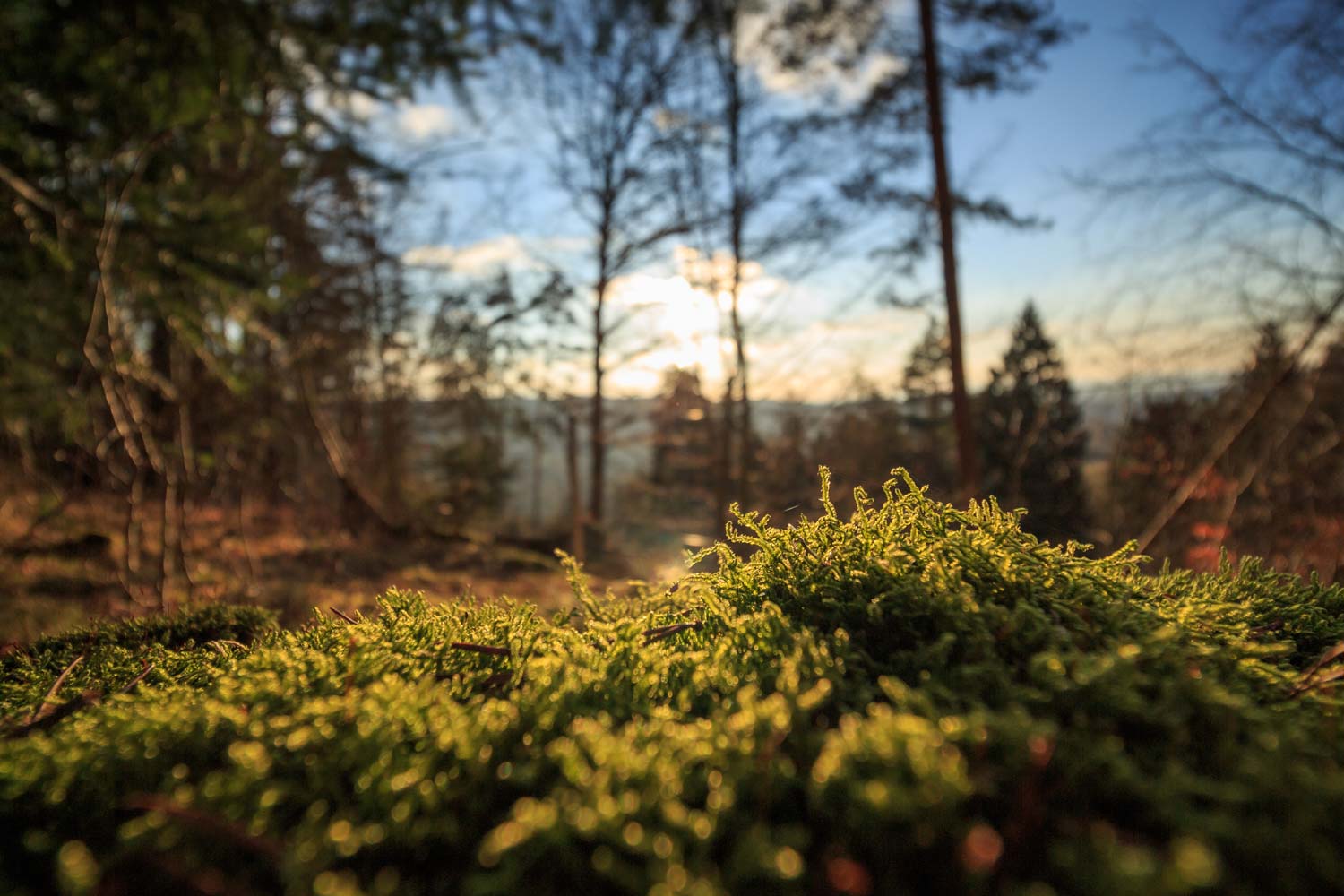By pursuing graduate education at the intersection of text.soul.culture, students at The Seattle School wrestle with the relationships between theology, psychology, and the arts. Here, Brittany Deininger, a second-year MA in Theology & Culture student and ongoing contributor to this blog, writes about one of those unique intersections: ecopoetics. Brittany reflects on how poetry can make meaning of the natural world and help form the theology that guides us in it.
Where do theology, ecology, and poetry intersect? These are places where we work out what it means to be human in relation to God, the earth, and others. Given this, ecopoetics may have something to contribute to the way we do theology in a time of ecological crisis. Ecopoetics [eco (household) poiesis (to make)], is making and studying poetry of ecological place and examining how words shape our understanding and relation to the earth as home. What nature is gets revealed in every generation’s stories, art, and behavior. Our state of mind and the state of the world are mutually connected and conditioned. While Seattleites might encourage us to, “get outside” to see nature, theologian Leonardo Boff ask us to consider that nature, rather than simply residing outside of us begins as symbolic models and mental archetypes within us that shape our behavior toward the earth. This is an important starting point in thinking about ecological crisis as a crisis of spirit, paradigms, and narratives as much as a crisis of ecological degradation.
In thinking about the formation of distinctly Christian symbolic models of nature, how we interpret the liturgical poetry of Genesis 1 is highly influential. Old Testament scholar Ellen F. Davis makes the crucial observation that in Genesis 1 human beings enter a world that is already blessed and receive the same blessing: to be fruitful and multiply. However, humanity is given a distinct calling, the interpretation of which has sweeping impact on how we view nature and our relationship to it. Davis renders the words commonly translated as “conquer and rule,” or “subdue and have dominion over” instead as, “exercise skilled mastery among the creatures.” She emphasizes that humanity’s work is among not over creatures and ultimately it cannot undo or violate that prior blessing of flourishing. Rather than seeing the earth as a lush gift to use up without consequence, this reading of the role and relationship between humankind and the earth takes us into a model of care with equal parts responsibility and abundance.
So, what can poetry do in a time of ecological crisis? As the poet Christian Wiman asks, “What is poetry’s role when the world is burning?” I think its task is threefold: it must refill the internal symbol of nature with fresh meaning, foster new habits of seeing, and help us do the psalmist’s work of lamentation and praise. While it is clear that a paradigm shift is foundational in changing our behavior and relation to the earth, at times more dire statistics can paralyze us more than provoke change. Poetry has a unique way of opening our perception not just to the raw state of the earth’s degradation, but to the meaning of the loss. It helps us bear what it also reveals to us. William Dyrness in dialogue with J. G. Hamann suggests that even as creatures of imagery and symbol, “we have mutilated nature through our unnatural abstractions and devious constructs, now only the poet is able to see and translate. And looking, the poet sees a reminder—more, a pledge—of what is fundamental: who the Lord is. That is to say, if, by the creative, imitative Spirit, one sees what is there, one will raise ‘the extinct language of nature from the dead.’”
Poetry helps us bear what it also reveals to us.
This task of the poet of faith in seeing and translating the book of God’s works has fallen to the contemporary psalmists of our time. Here, I think of some of my favorite poets of place such as Denise Levertov, Mary Oliver, Wendell Berry, John O’Donohue and Joy Harjo just to name a few. They note the dialogue between humanity, the divine, and the earth. They take up that sacred mix of lament and praise that is so desperately needed when we consider the state of the earth. The poet Mary Oliver writes, “We shake with joy, we shake with grief./ What a time they have, these two/ housed as they are in the same body.” The nature of the psalms and contemporary ecopoetry is to shake, to help us embody the grief and joy that come with connection to humanity, God, and home. At this critical moment, poetry may help us cultivate habits of paying attention as we re-value both models of nature within us as well as outside us. We can no longer abide by the myth of progress that tells us we may kill the earth and live. Our poetic origin myth is older and runs deeper. It reminds us of the God that threads us together and risks vulnerability to see all creation flourish.
O Taste and See
The world is
not with us enough.
O taste and see
the subway Bible poster said,
meaning The Lord, meaning
if anything all that lives
to the imagination’s tongue,
grief, mercy, language,
tangerine, weather, to
breathe them, bite
savor, chew, swallow, transform
into our flesh our
deaths, crossing the street, plum, quince,
living in the orchard and being
hungry, and plucking
the fruit.
Denise Levertov, “O Taste and See,” in The Collected Poems of Denise Levertov
References:
Leonardo Boff, Cry of the Earth, Cry of the Poor
Ellen F. Davis, Scripture, Culture, and Agriculture: An Agrarian Reading of the Bible
Ellen F. Davis, “Our Proper Place: The Poetry of Care and Loss,” in The Christian Century
William Dyrness, Poetic Theology
Mary Oliver, Evidence

